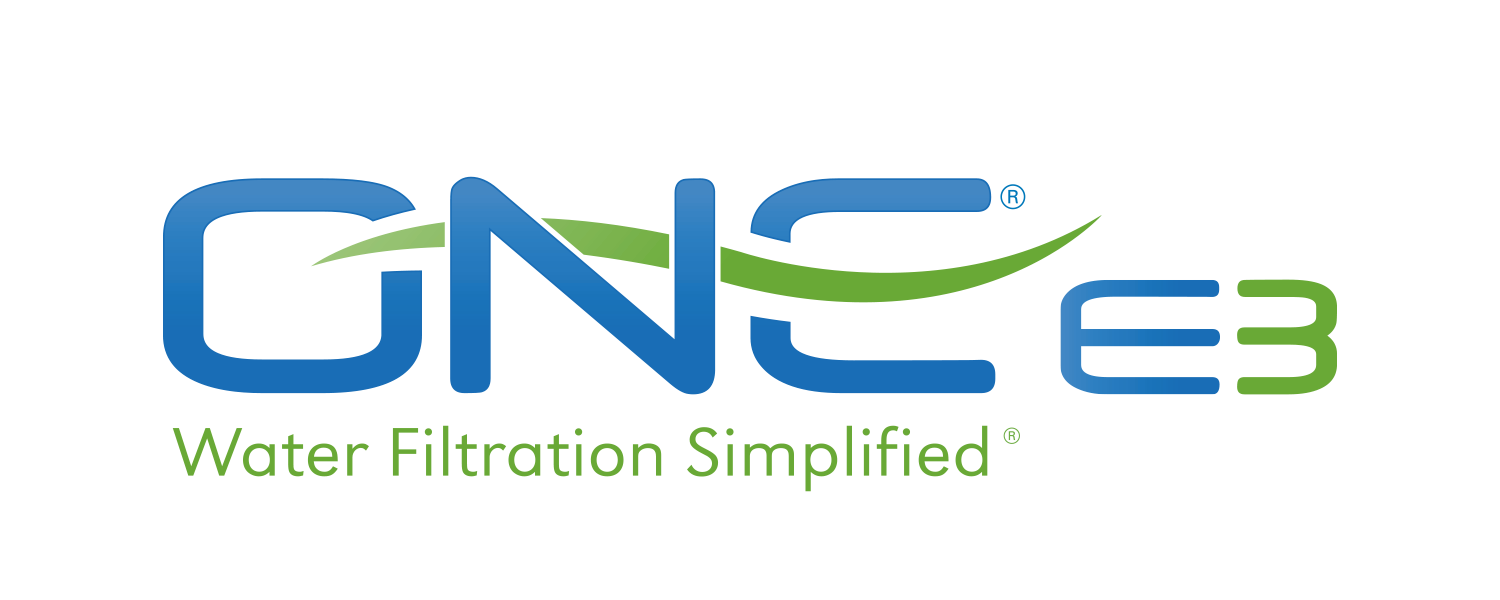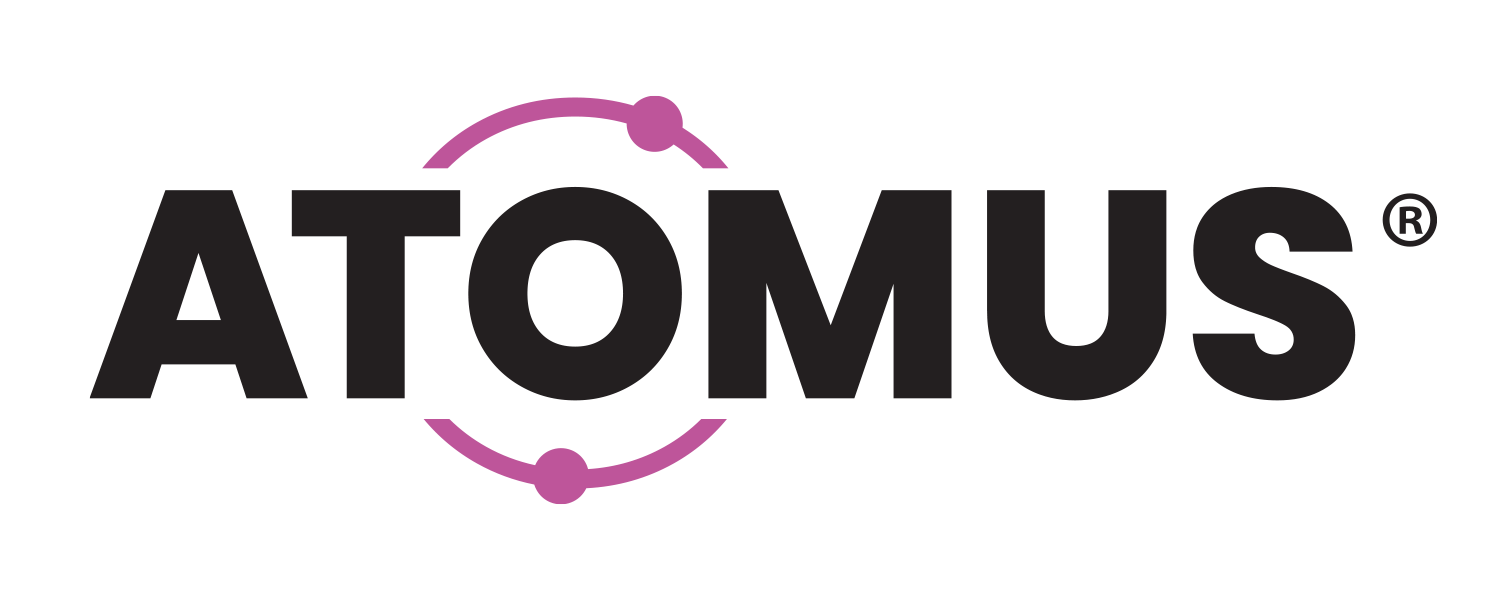Since the Flint water crisis called attention to the problem of lead in drinking water, new stories have been popping up left and right about states, cities and counties either identifying lead contamination or taking action to prevent it.
Here are a couple of recent examples…
Pennsylvania: Is Lead Testing Good Enough?
As noted in The Daily Pennsylvanian, the Philadelphia School District will be testing the water at 40 schools based on “neighborhoods where children’s blood levels have tested high for lead, where students attend class in old buildings or ones that haven’t been renovated for more than 20 years.”
But Richard Pepino, a professor at Penn, does not believe the testing guidelines (established by the Environmental Protection Agency) are adequate. These guidelines allow for the presence of lead, as long as it doesn’t pass the threshold of 15 parts per billion.
Pepino’s argument is that just because the water quality is below that level doesn’t mean it is safe.
Wisconsin: Replacing Pipes for Public Health
Meanwhile, across the country in Wisconsin, The Star reports that “Wisconsin must move as quickly as possible to replace all of the estimated 176,000 lead pipes providing drinking water to homes and business in the state.”
At a symposium on drinking water in Milwaukee,Virginia Tech University professor Marc Edwards (who helped uncover the Flint lead problem) stated: “No one that has a lead pipe, I don’t feel, can ethically ever be told their water is safe to drink.”
In light of that state’s water issues, Edwards recommended residents use water filters until the problem is addressed and corrected.


